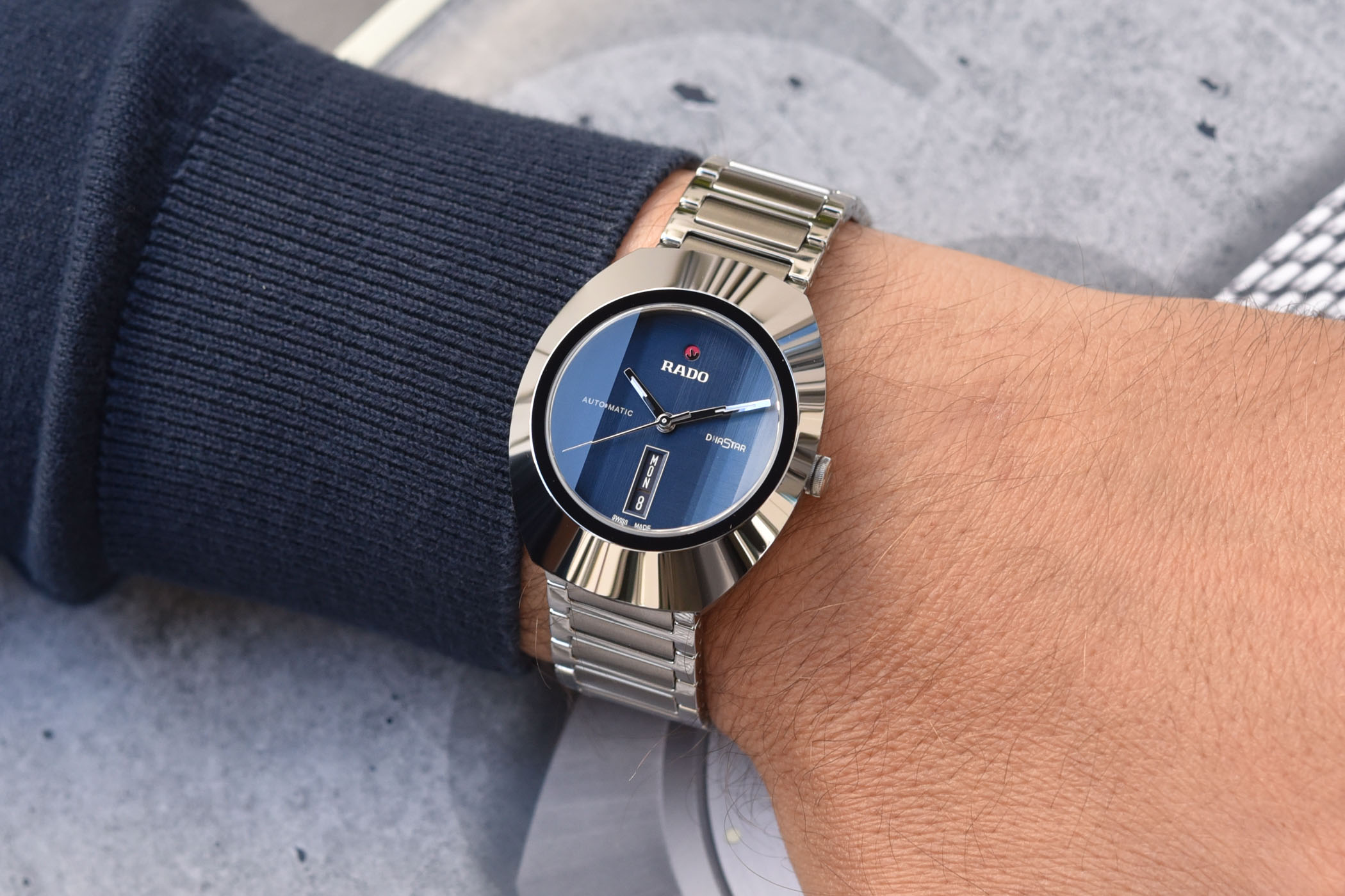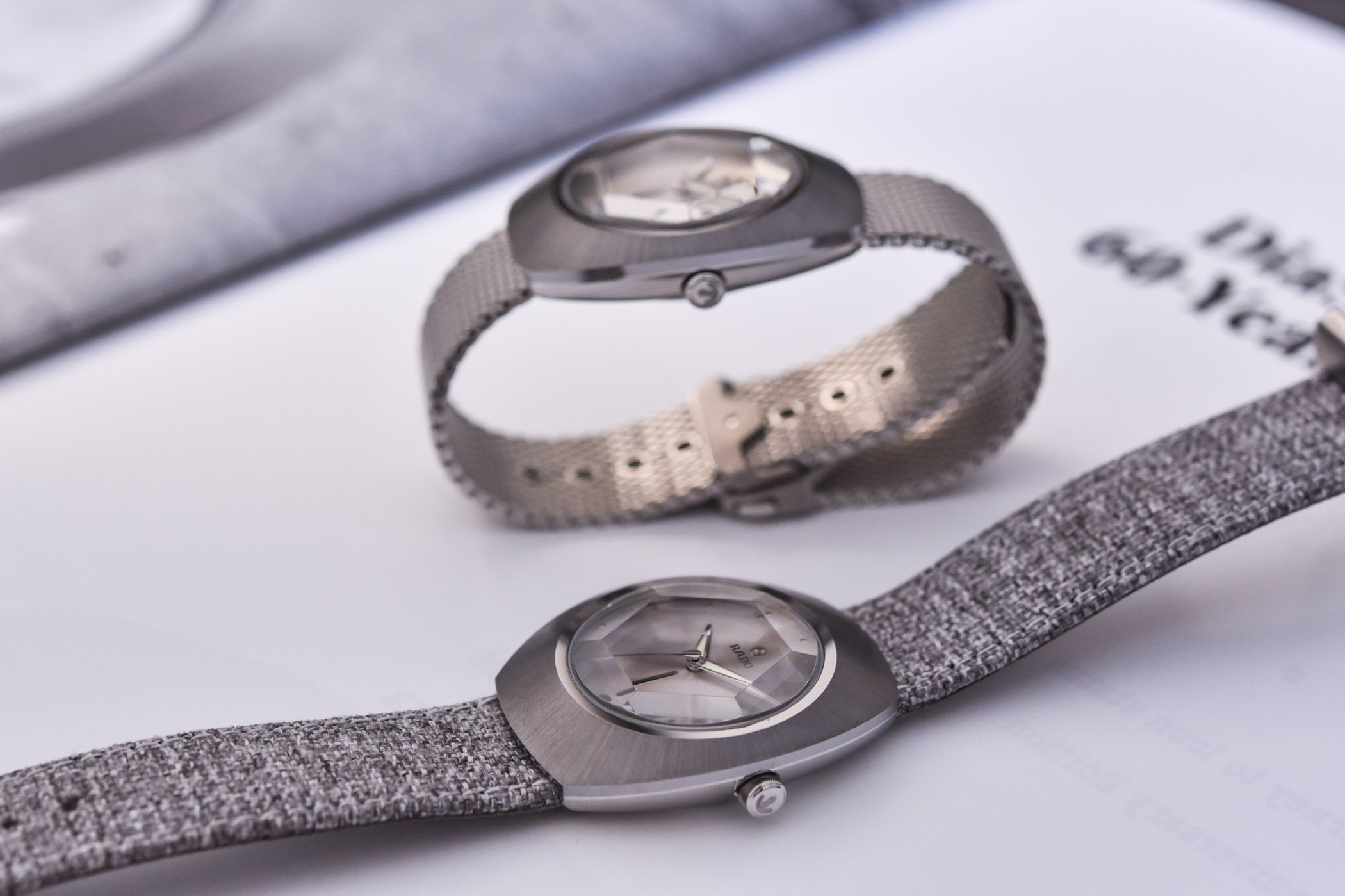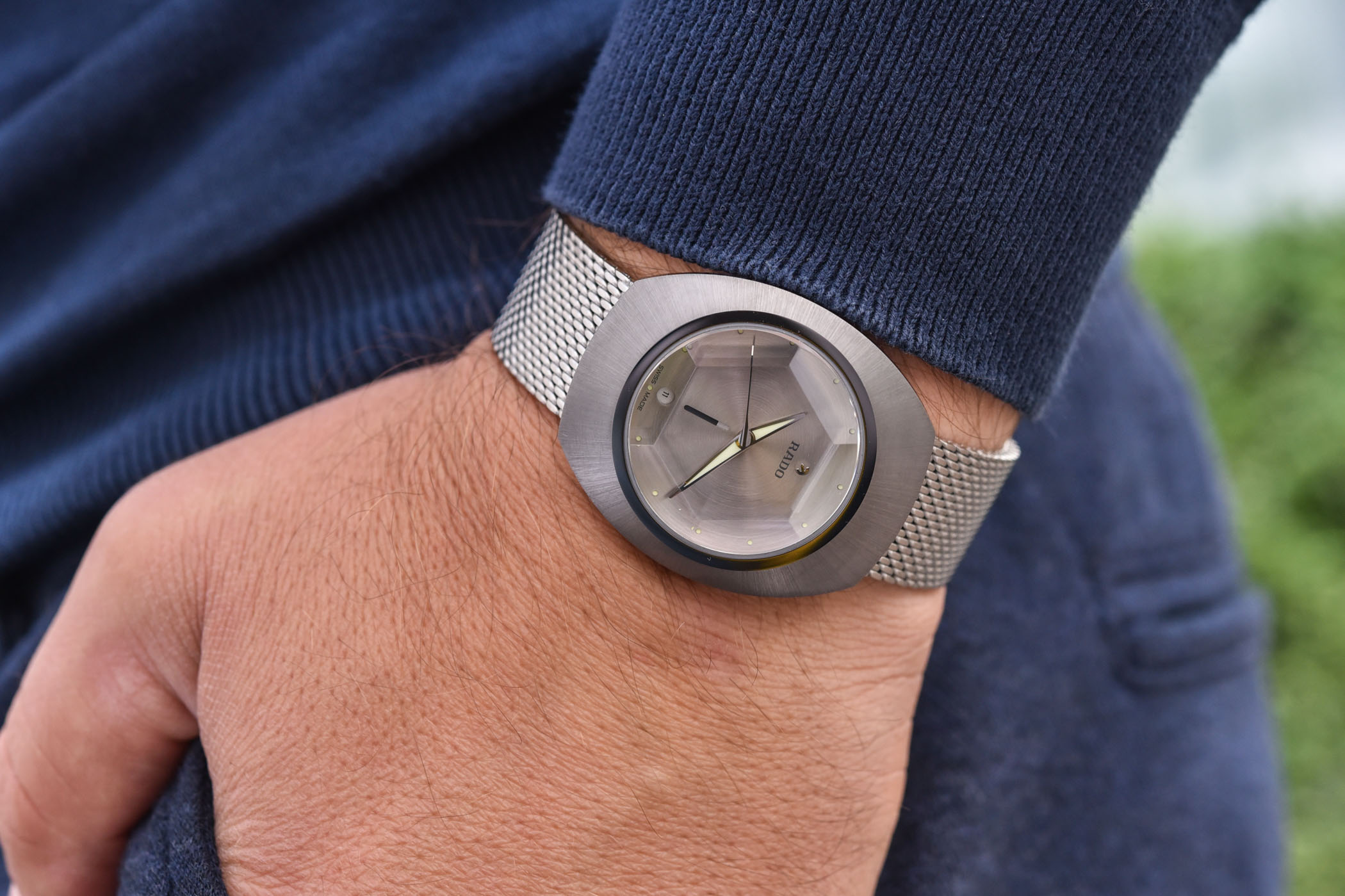Adrian Bosshard And Alfredo Häberli About The New Rado Diastar Original
Talking materials, precision engineering, history and design following the release of the re-imagined Diastar.
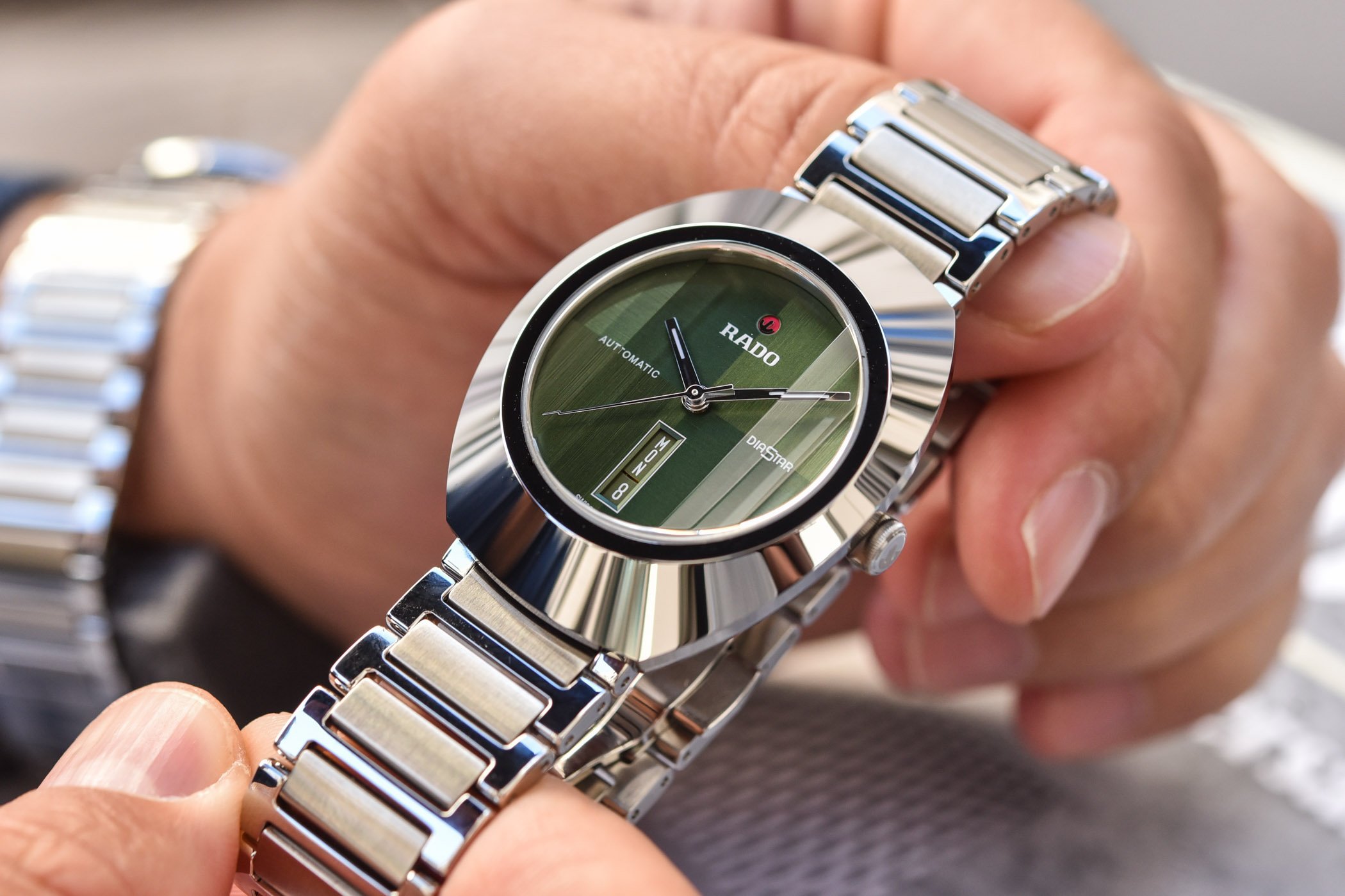
Rado just celebrated the 60th anniversary of their Diastar collection with the presentation of 4 new watches crafted from Ceramos, their high-tech composite material. The new models included an anniversary edition created with Swiss-Argentinian designer Alfredo Häberli. During the launch in Zurich, we sat down with the brand’s CEO, Adrian Bosshard and Alfredo Häberli to discuss the genesis of this new collection.
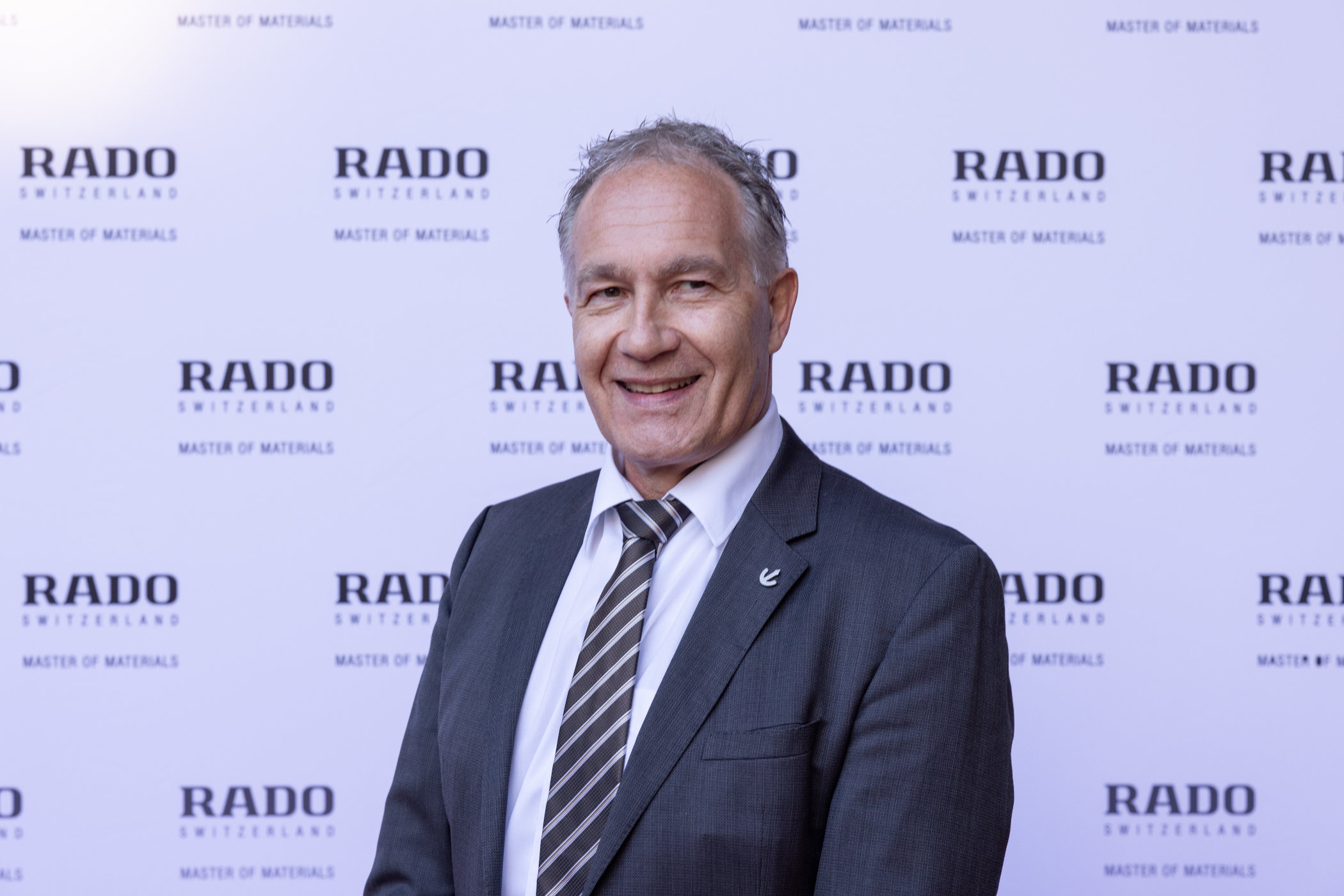
Xavier Markl – MONOCHROME – Why was the launch of the Diastar back in 1962 so important for the brand?
Adrian Bosshard, Rado CEO – Back then, the management of Rado had the dream of creating something never seen before in terms of features and design. There was a demand for scratch-resistant waterproof watches. Our engineers were able to meet these expectations and the Diastar was launched at the Basel fair in 1962.
The Diastar was the first watch combining carbide tungsten hard metal and a sapphire crystal. Back then, the norm was brass, steel, gold and hesalite crystal. Moreover, we were able to create a very bold design. It fits perfectly the creativity of the 1960s. Six decades later, the exact same case, dimensions, and material. Not many watches or consumption goods have such longevity…
How was the Diastar instrumental in shaping what Rado stands for today, ‘Master of Materials‘?
Adrian Bosshard – Master of Materials is not a marketing slogan but a mission we have started in 1962 with carbide tungsten. In 1966, we came with ceramic and over time with multiple alloys and different colours, plasma ceramic and so on. The mastery of the material is part of the DNA of our brand. It starts in 1962. This is why this anniversary is so important for us. The project started two years ago, and back then the brief was clear: to upgrade the Diastar with all the know-how and technology that Rado and the Swatch Group have but to keep the DNA of the model.
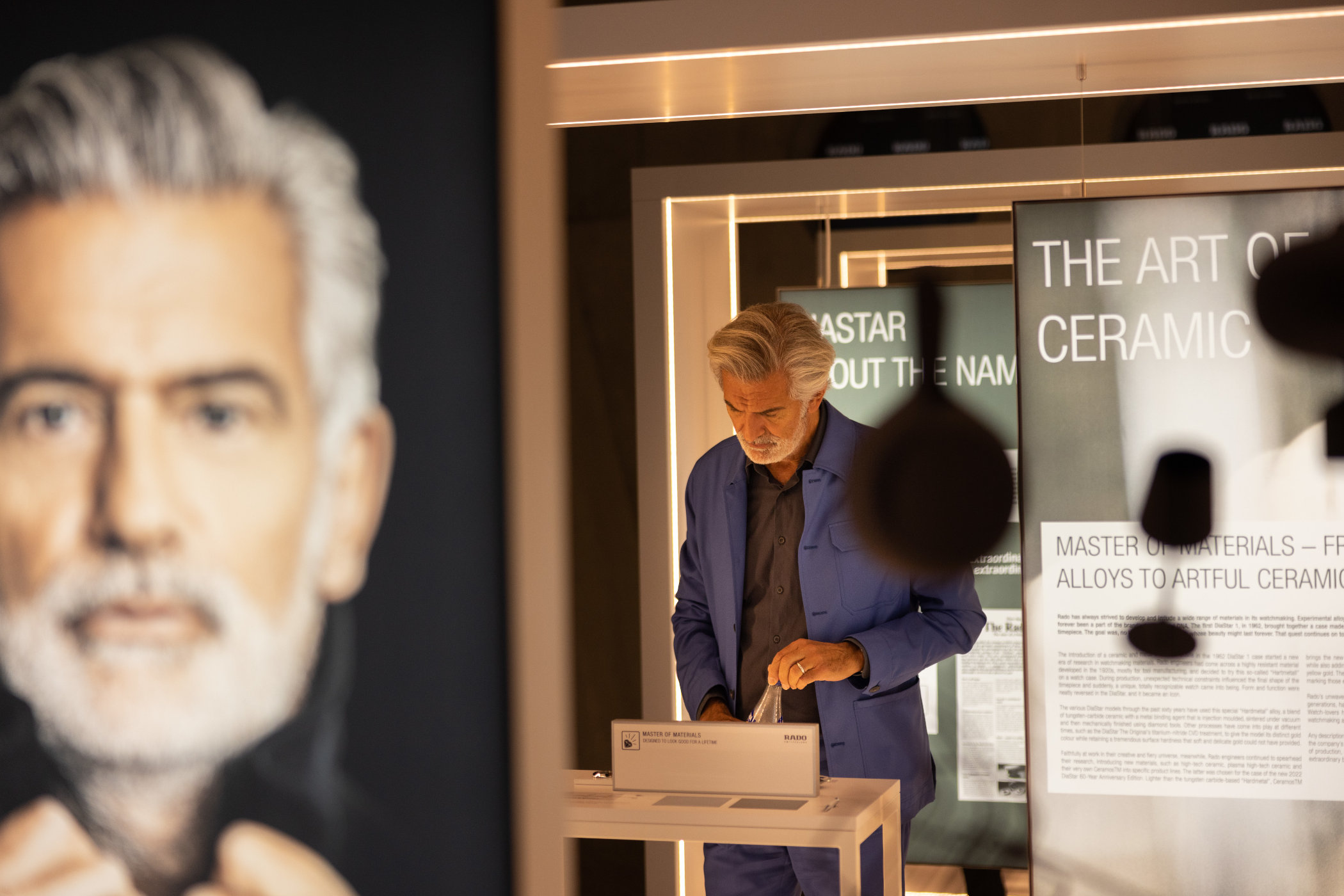
It is always delicate to rework an iconic problem. How was this managed?
Adrian Bosshard – We were first convinced that we would present a new Diastar only if we would be 100% convinced of what we would propose. From a technical perspective, we knew that we would work with Ceramos, a composite material even harder than hard metal. Ceramos have properties very close to ceramic but with the advantage that we can work with the colour of steel. We have upgraded the movement and different components. The movement is the R764 with an amagnetic Nivachron spiral and 80 hours of power reserve. In addition, it is tested in 5 different positions. Last, for the occasion, it is gold plated.
Last, there was also the idea, that besides the core collection (3 models), we would present an anniversary edition. We wanted to work with a designer that would share the same passion that drives us. We met Alfredo and the connection was instant.
Alfredo, what has been your approach to creating this special edition?
Alfredo Häberli, designer of the new Diastar – Well, first I had to understand the geometry of the original Diastar, and try to improve it. It is now slimmer, there is no longer such a big step in between the case and the strap. We increased the diameter of the dial. Then, there are a lot of details, for example. I modernized the hands… For this 60th anniversary, I created a crystal with 6 facets, one for each decade. I opted for a radial brushed finish for the case to better showcase its architecture. Then I wanted to have a case back that would be as clean as possible.
There are two different straps with an easy-clip system, a beautiful fabric strap and a Milanese strap which to me is the most ergonomic, sporty option. I feel the monochromatic grey look is very avant-garde.
Adrian Bosshard – There was a duty to respect the DNA of the original Diastar while modernizing the model. This has been fulfilled.
Alfedro, you are a watch passionate but it is your first watch design. Was this a challenge for you?
Alfredo Häberli – Not really. The main challenge for me was probably to learn to observe the micron. As an architect you work with the centimetre, as a designer, you work with the millimetre, here you go down to micrometric precision. All this in a short time. It is something you really need to observe.
What was the inspiration for the day display?
Alfredo Häberli – Well, there are often different languages for the day and date displays. I thought I want one language, the aesthetic, the visual one, with a coloured window showing the progression of the week.
For more information, please visit Rado.com

